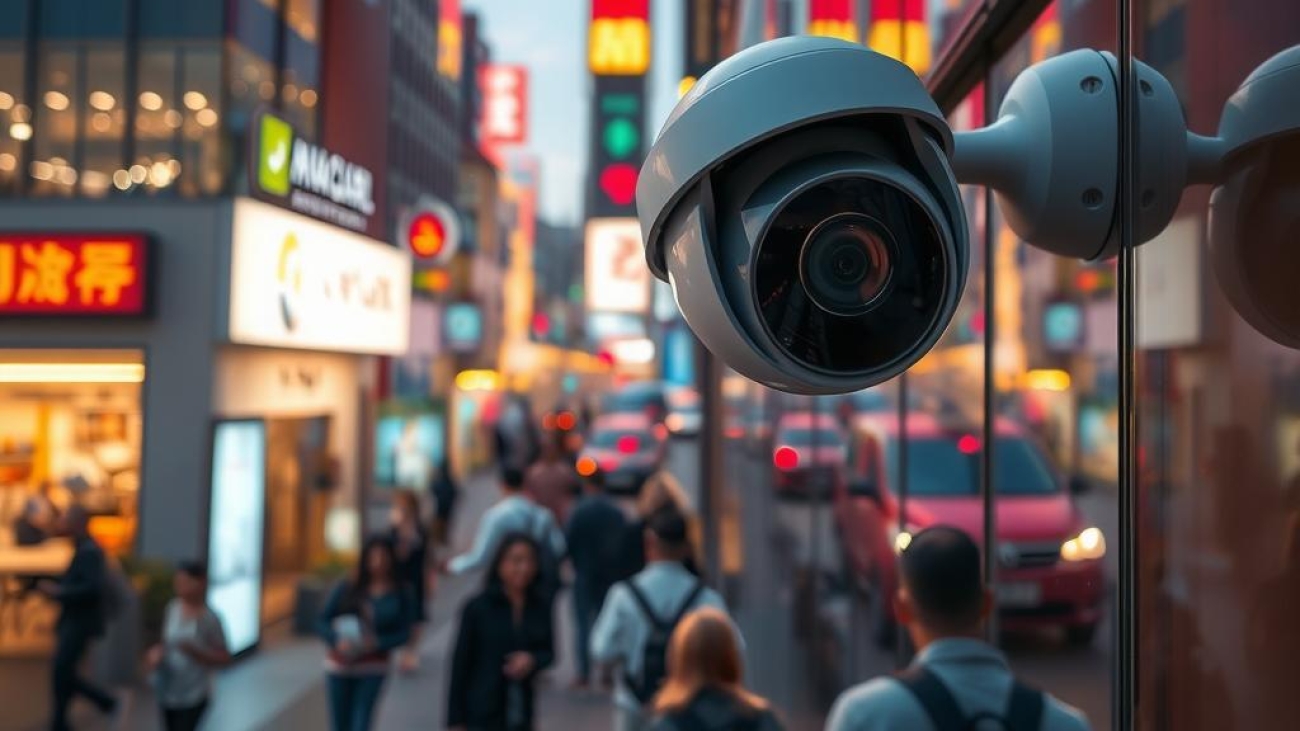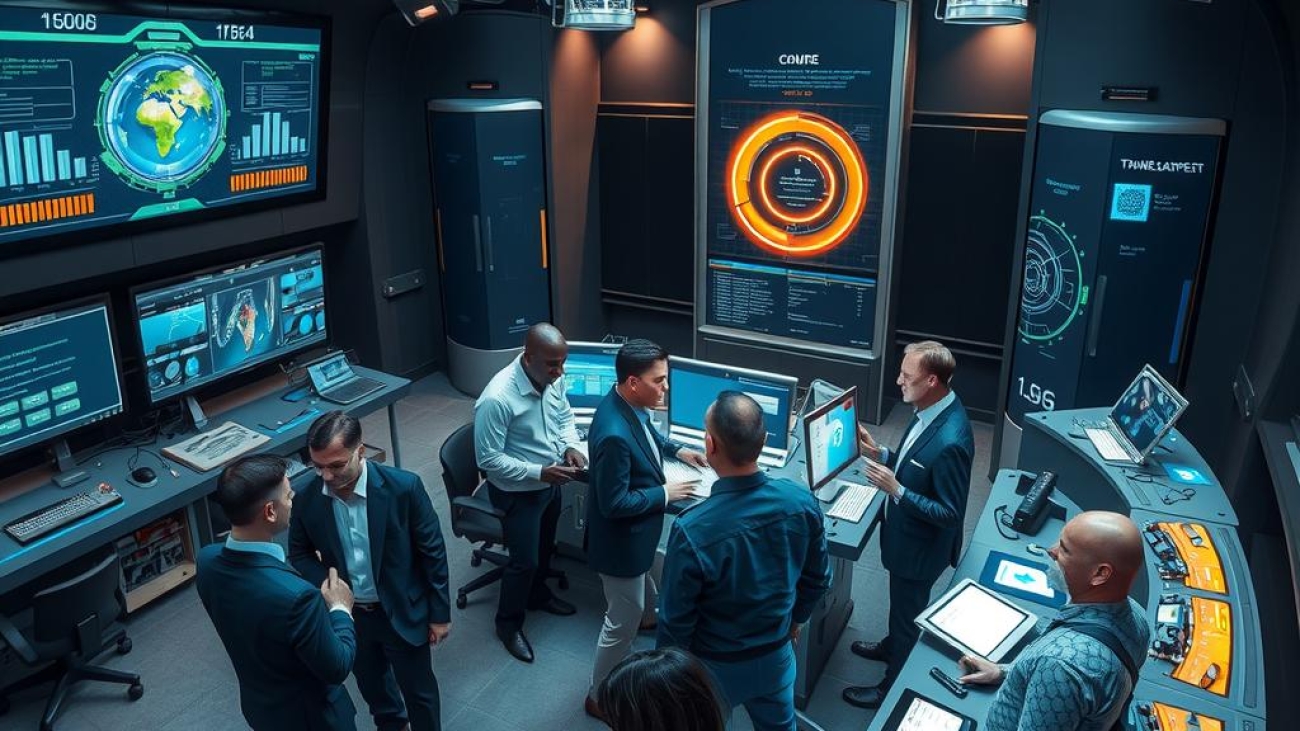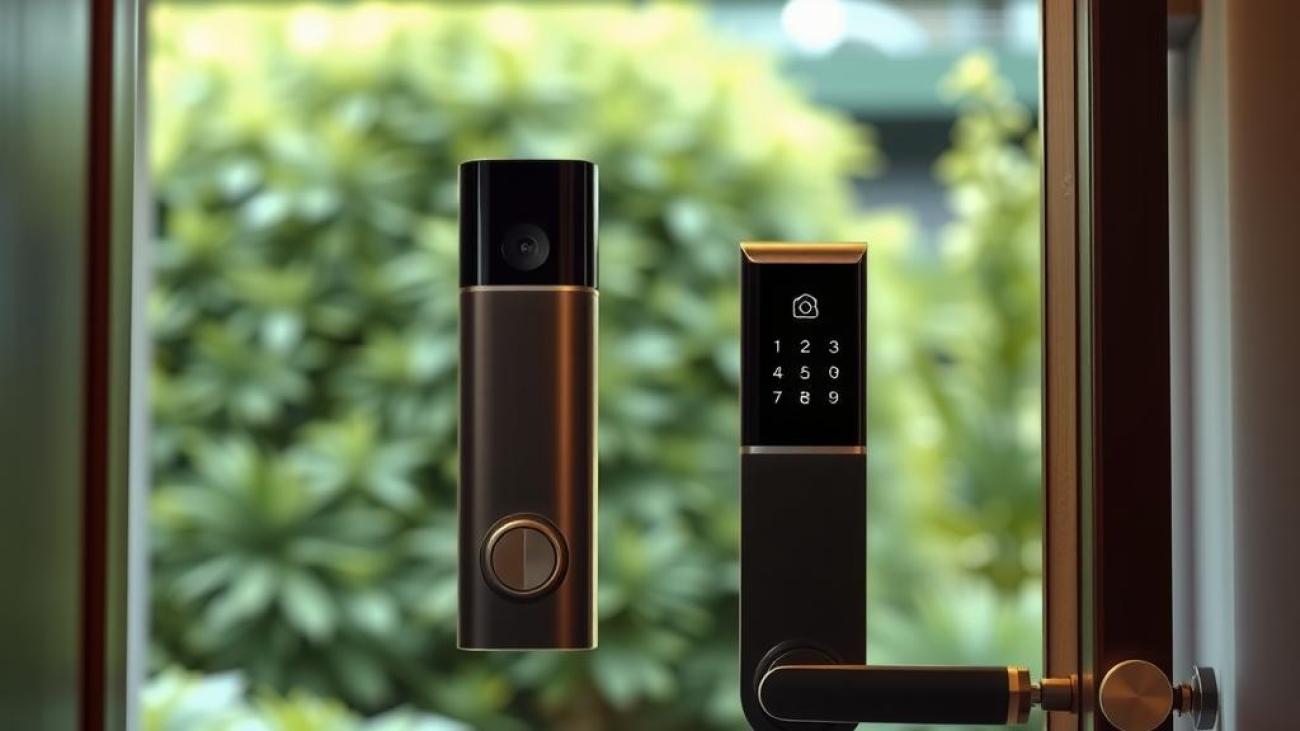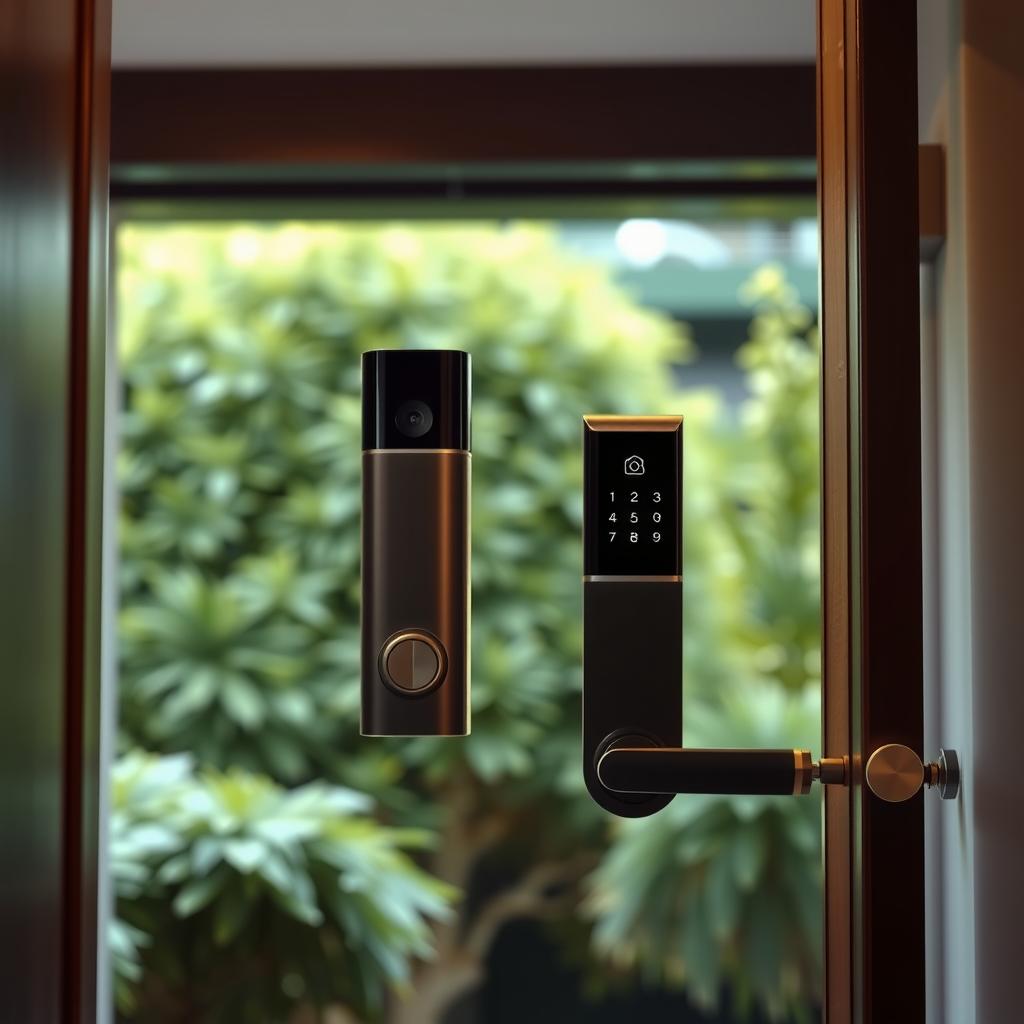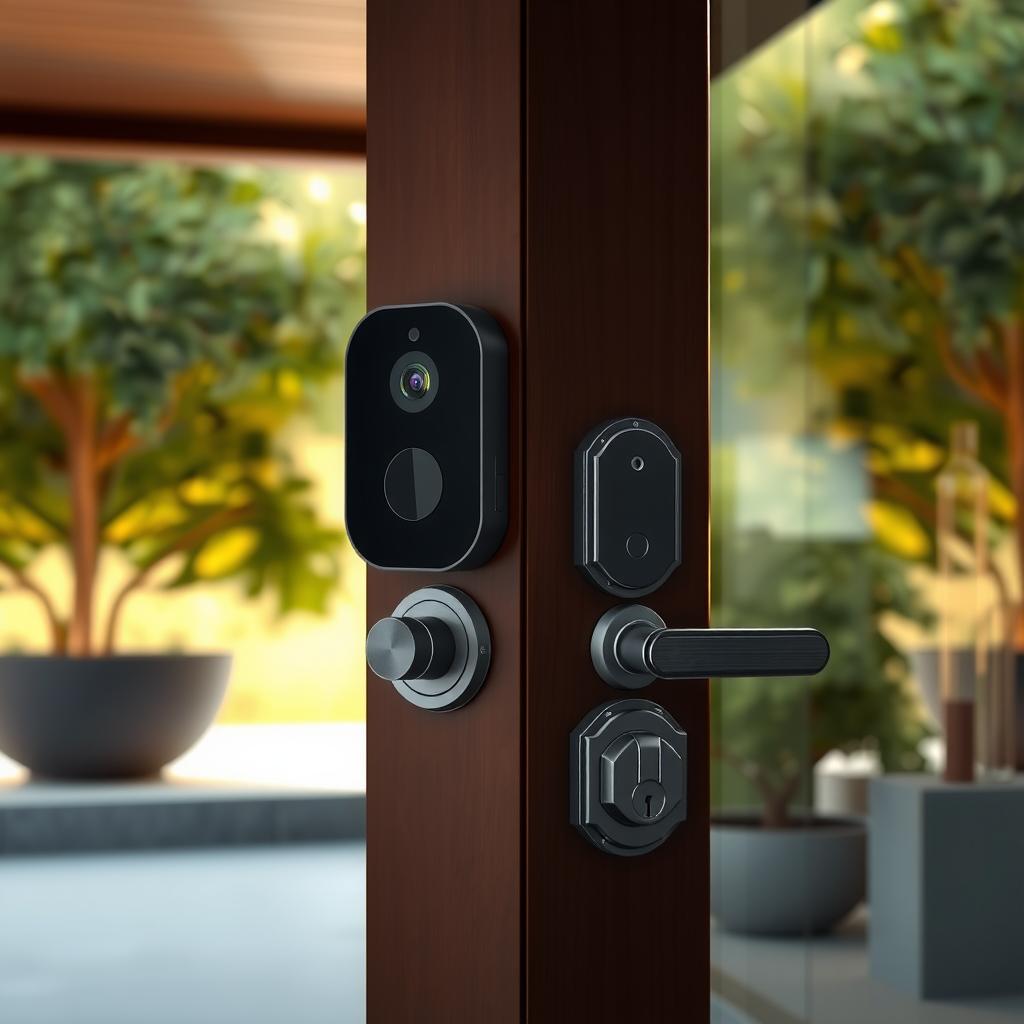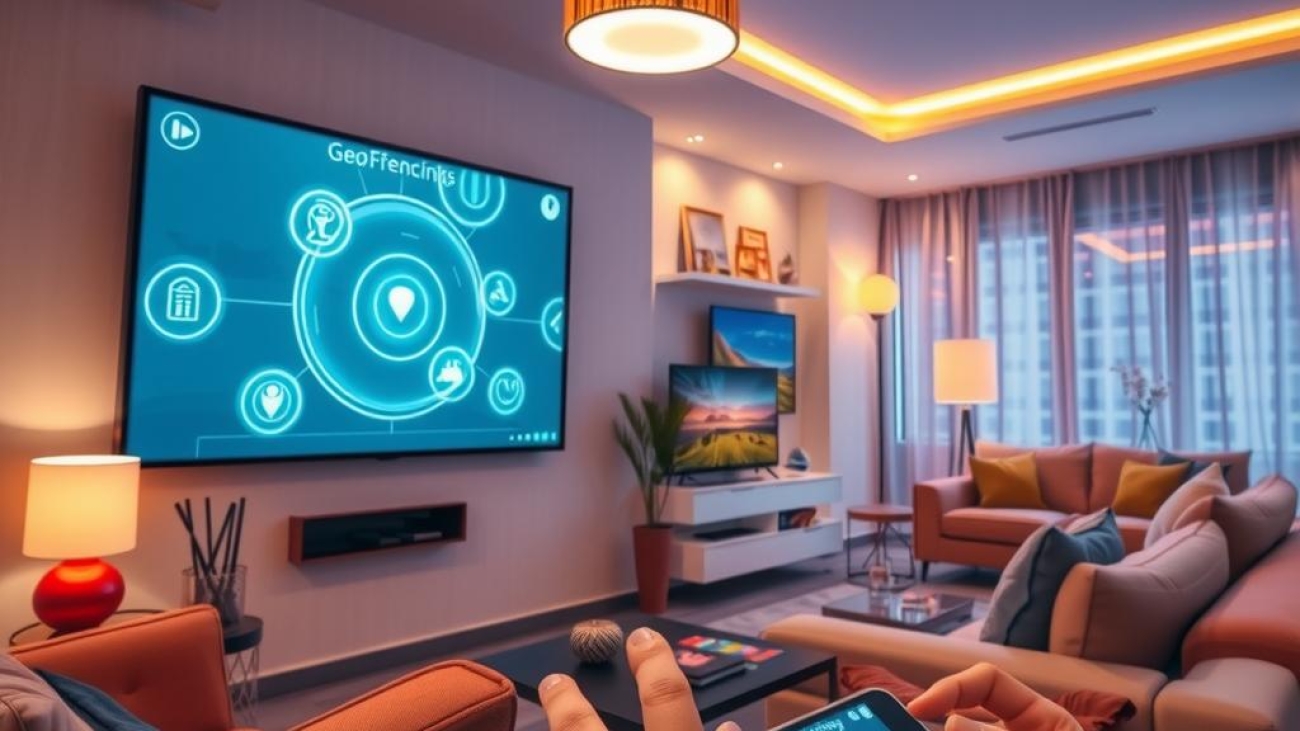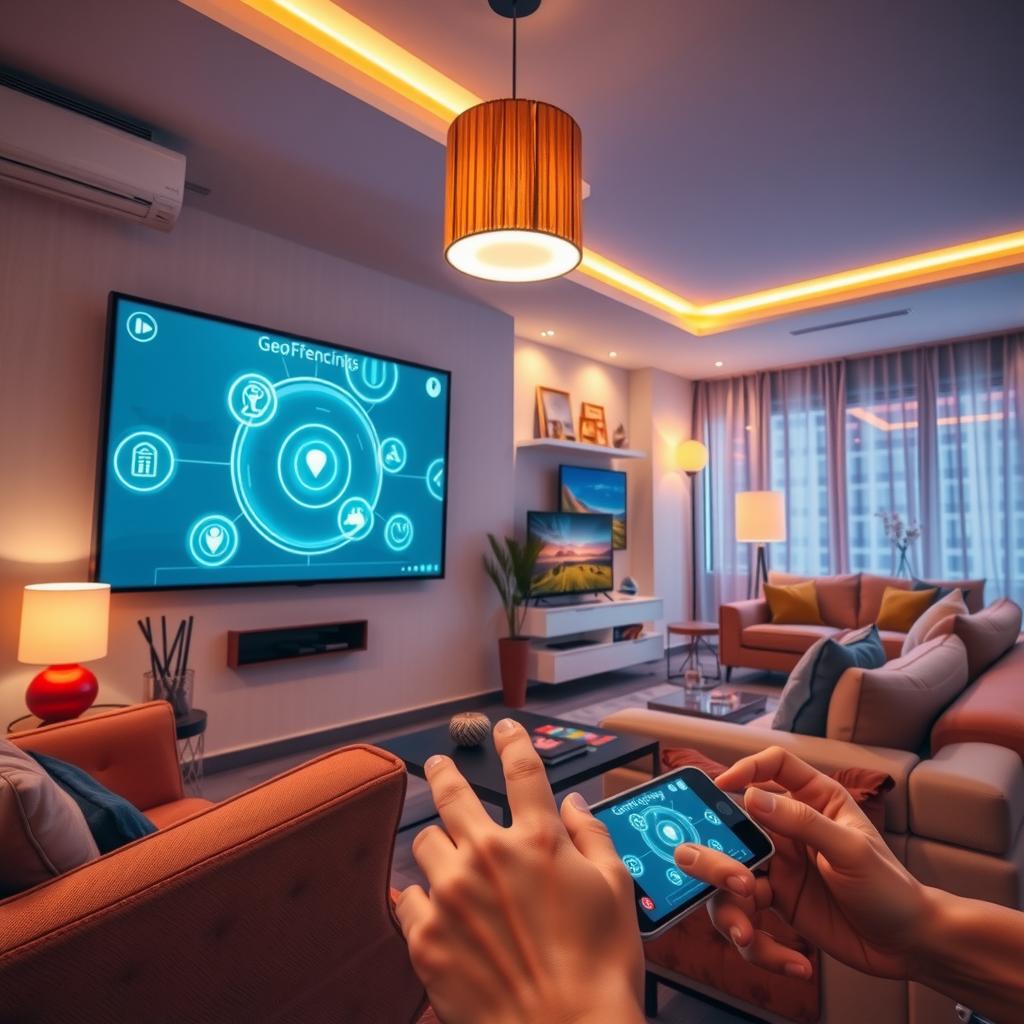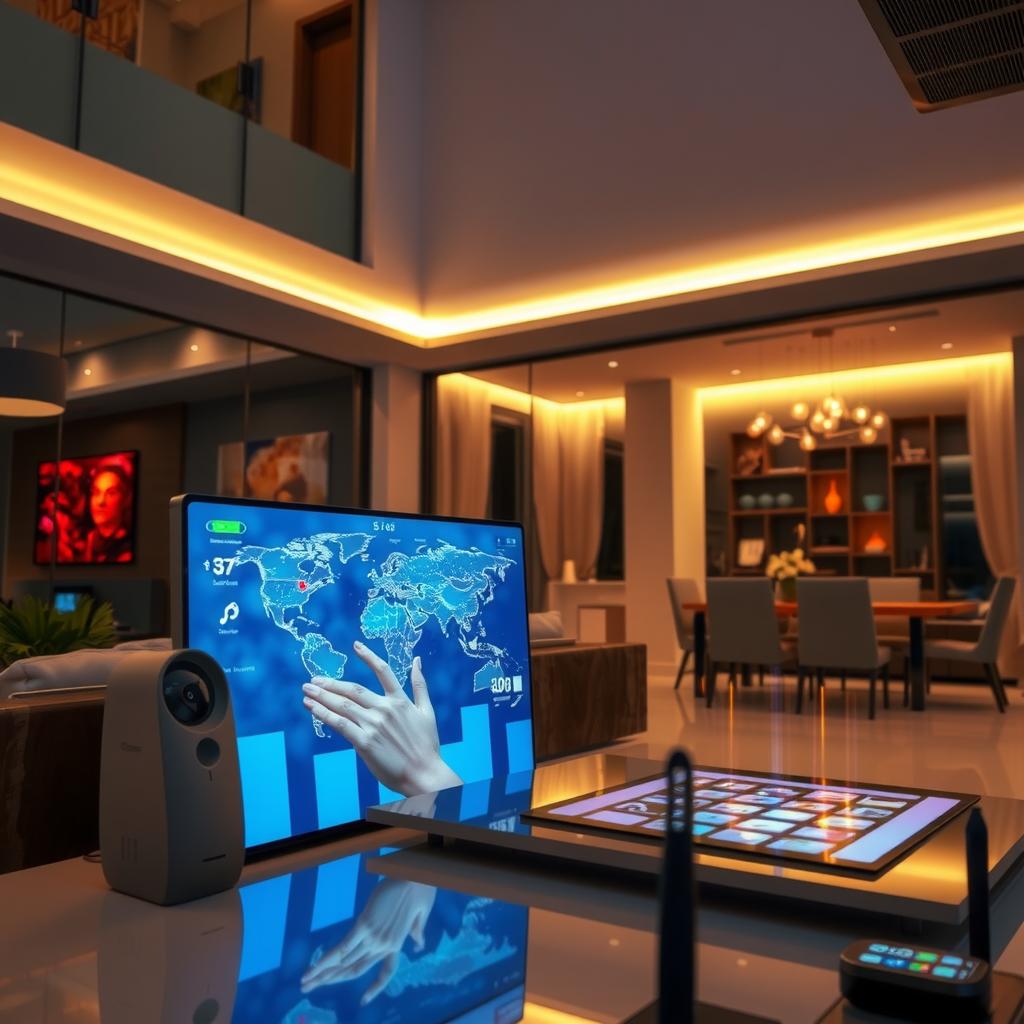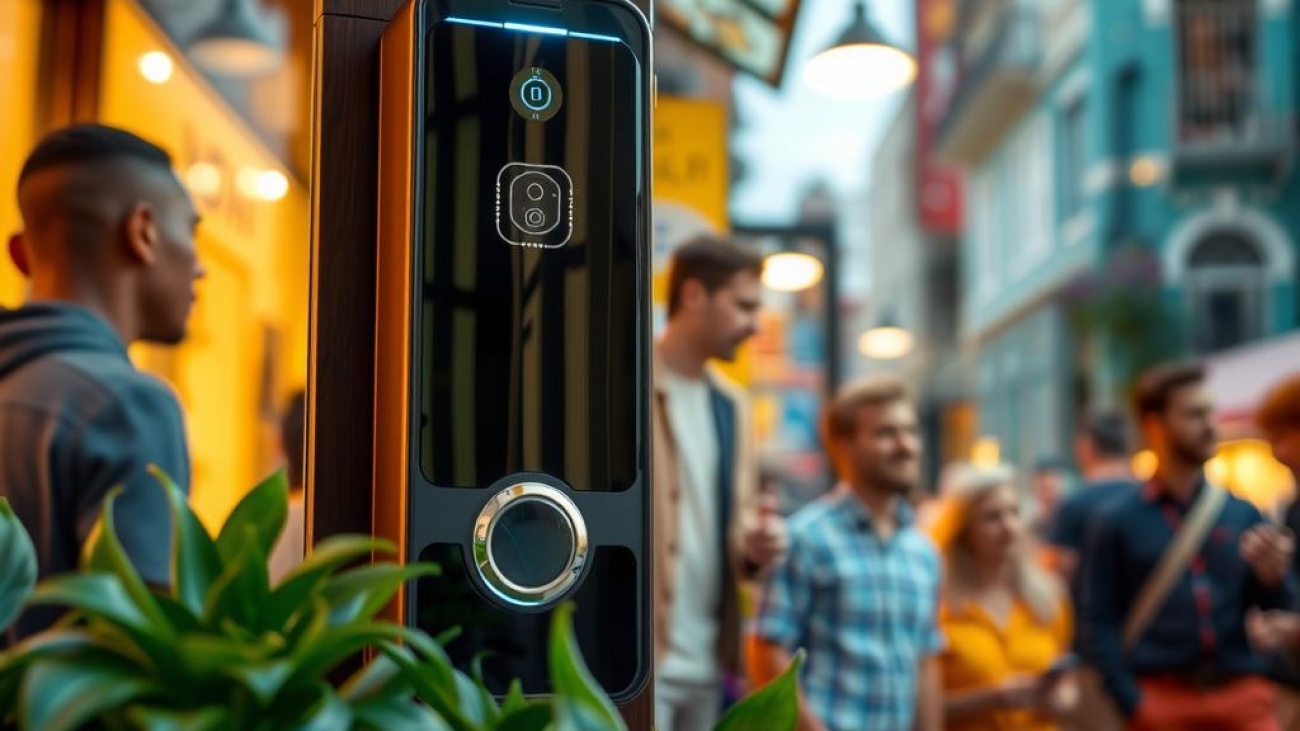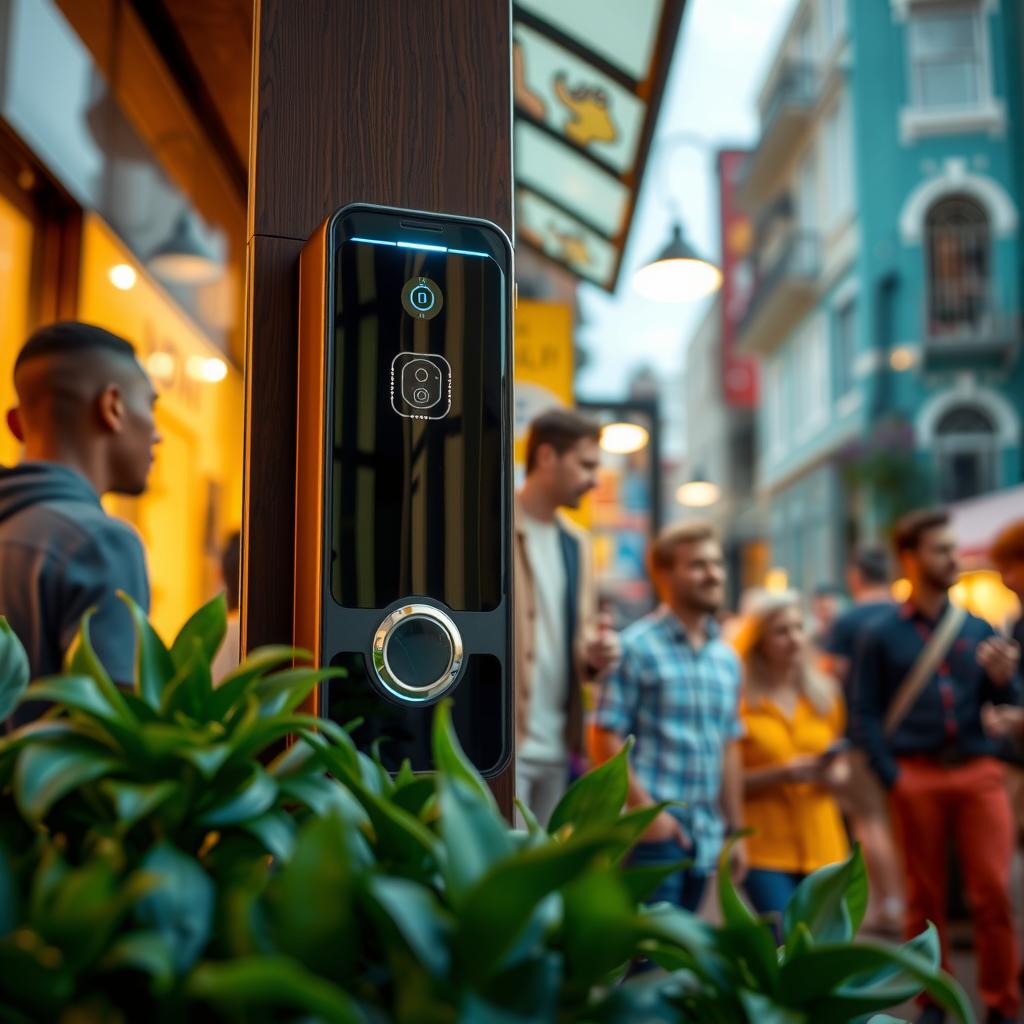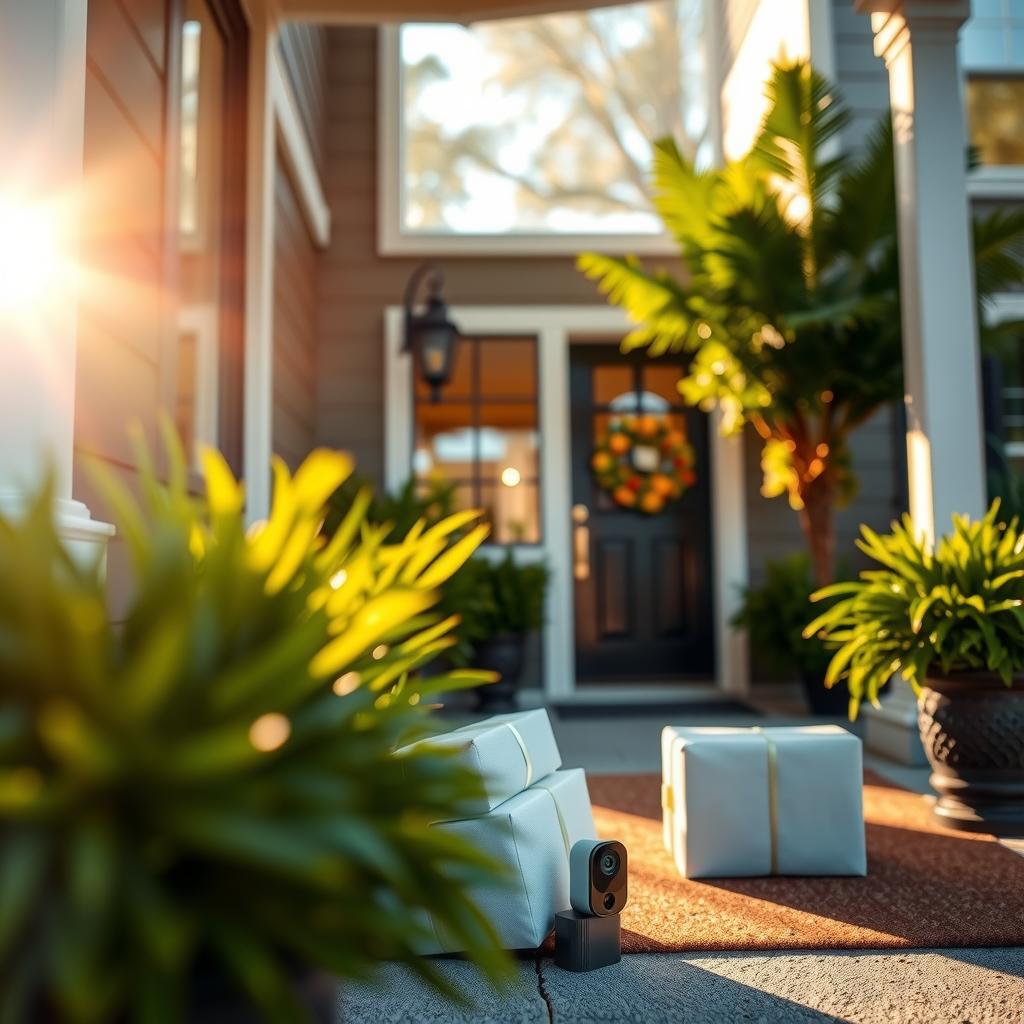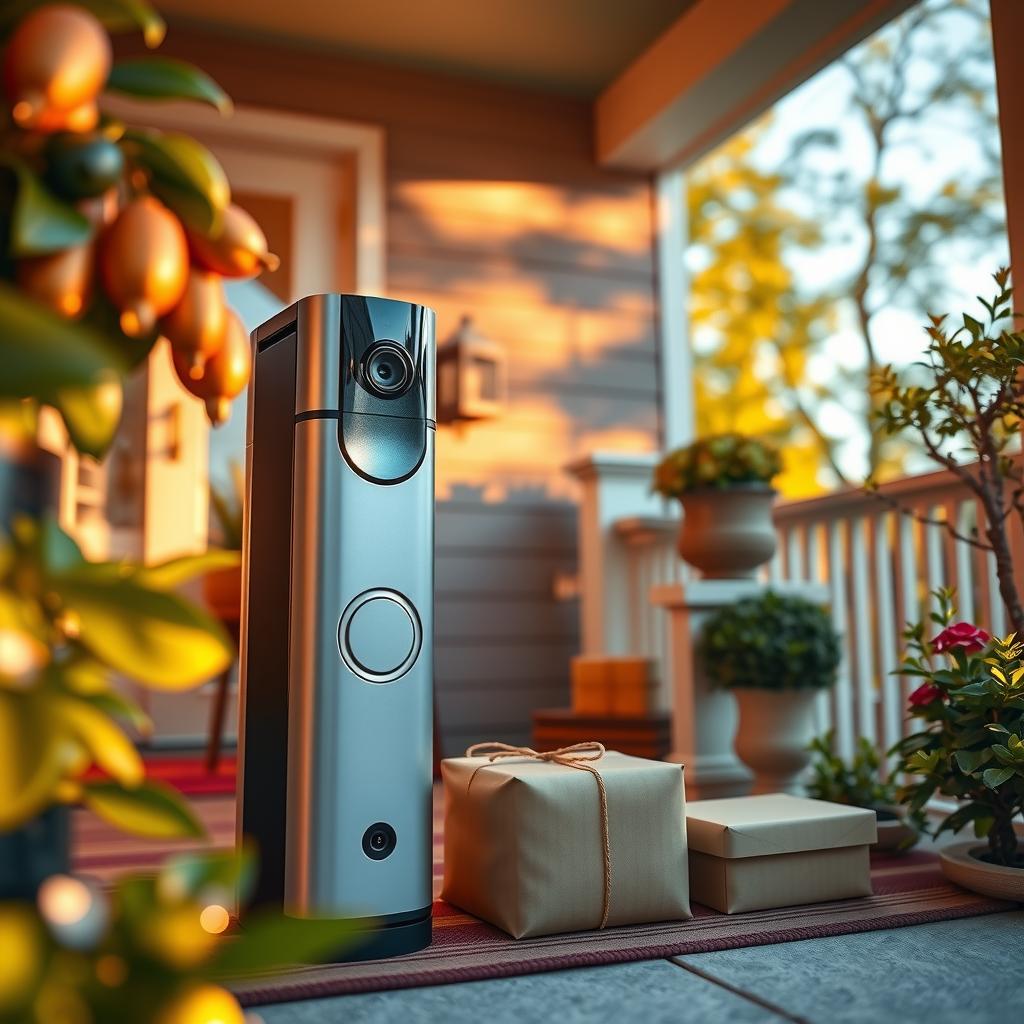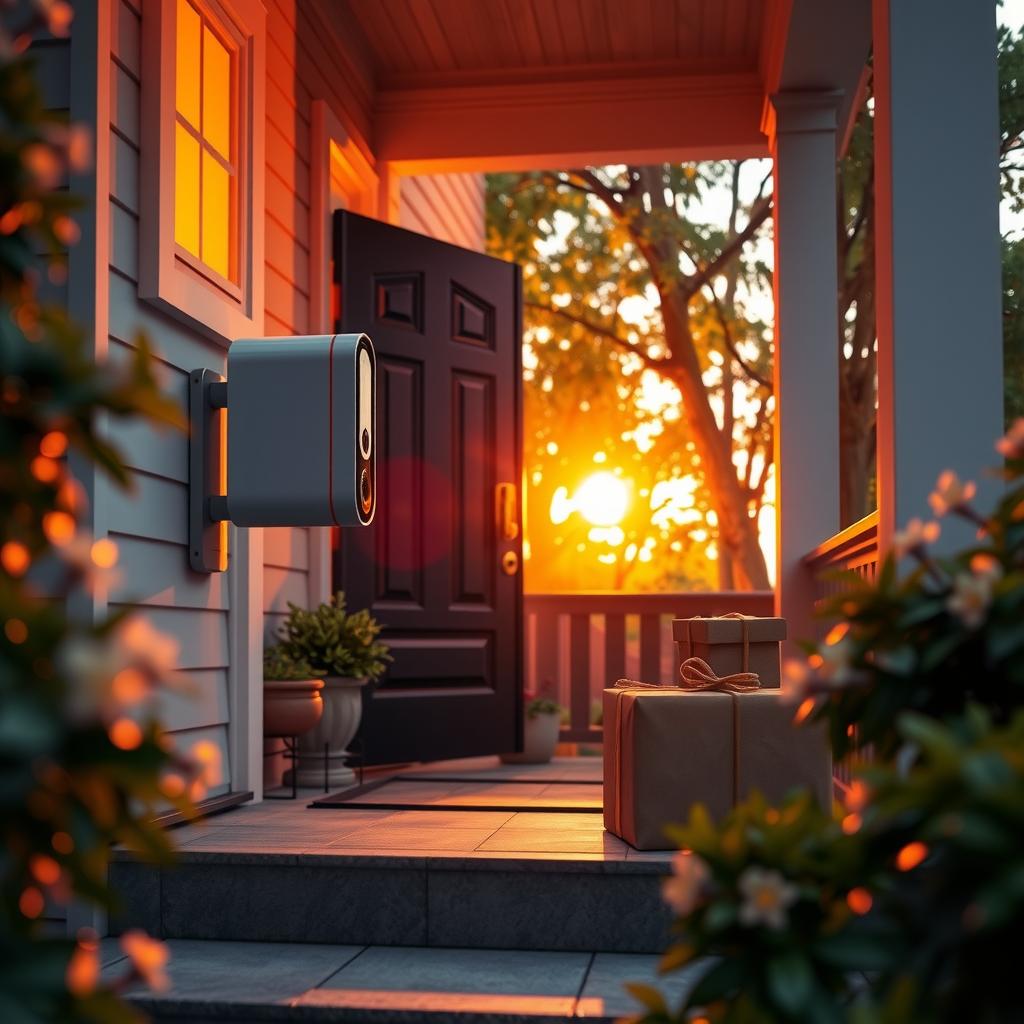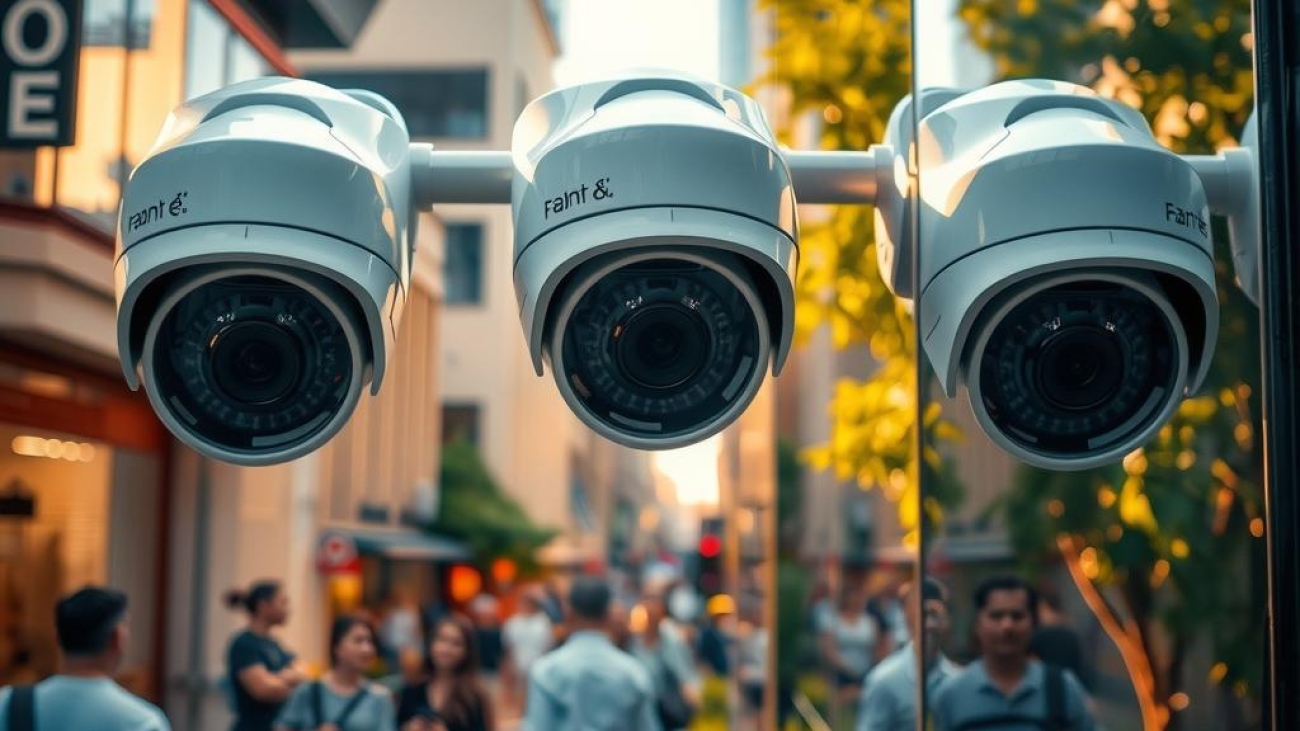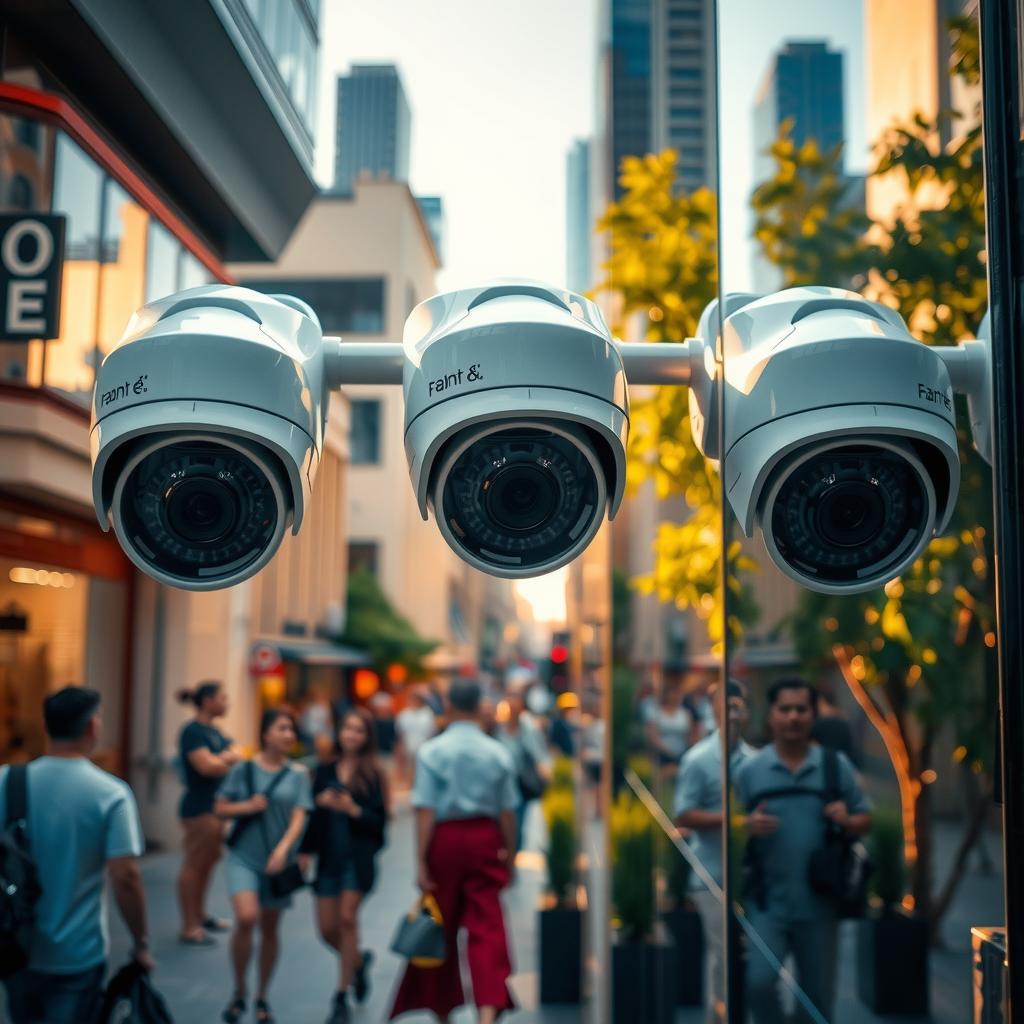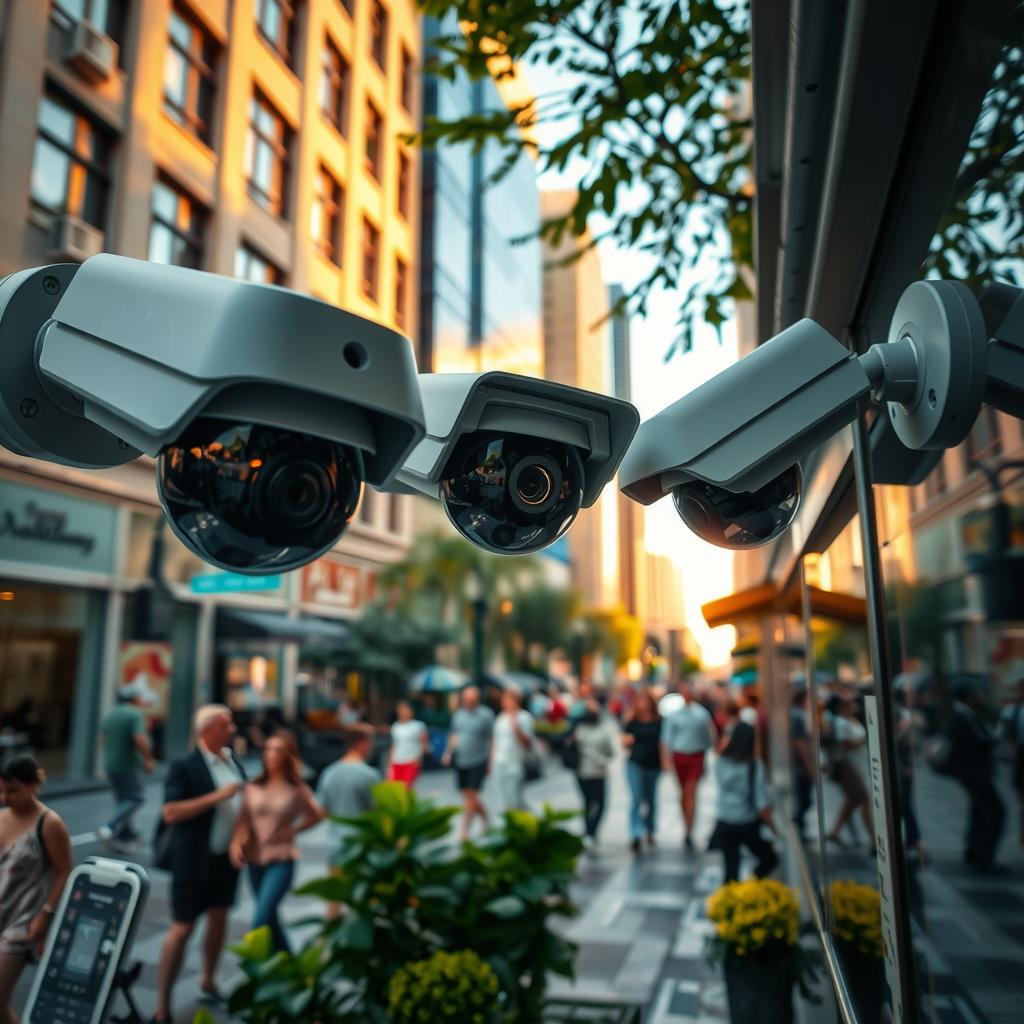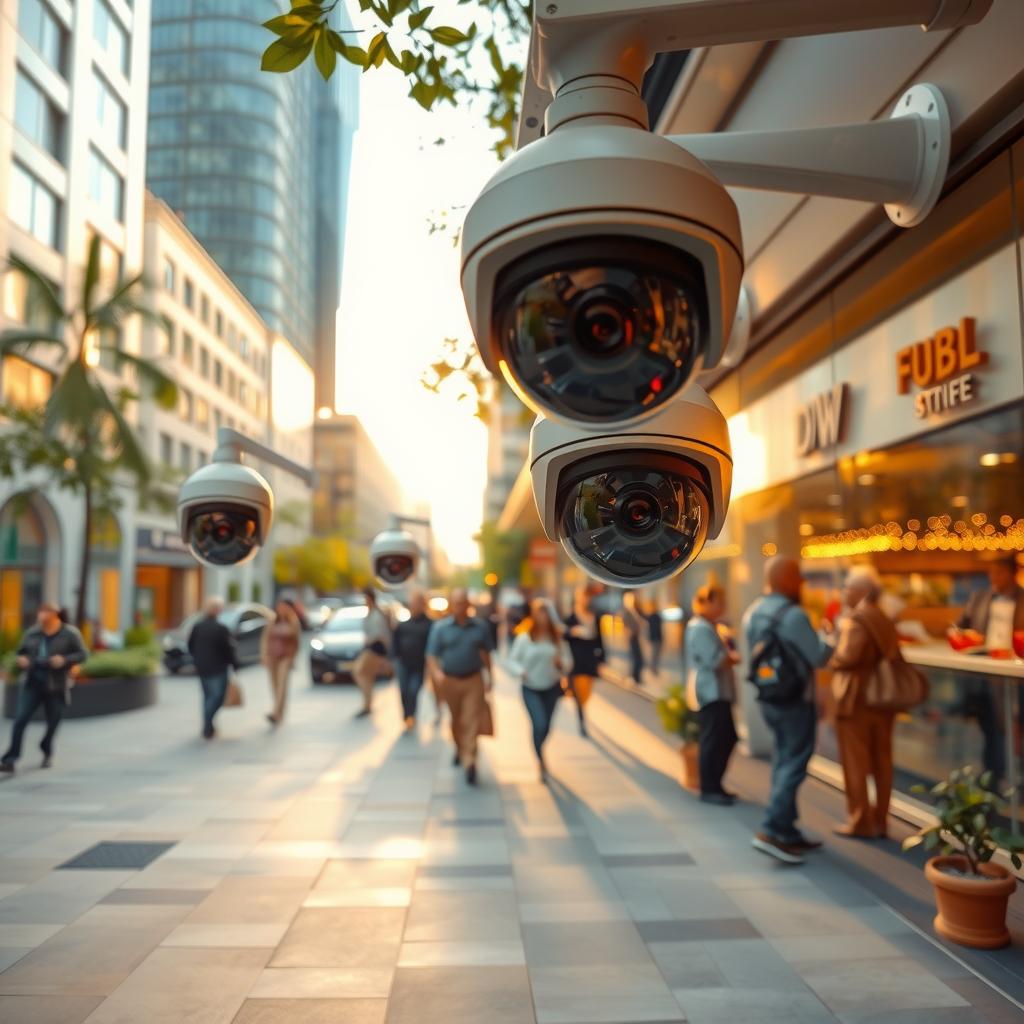In the realm of modern security solutions, one pressing issue has emerged as a significant concern for both businesses and homeowners alike: the prevalence of false alerts generated by traditional video surveillance systems. These incessant notifications can lead to frustration, reduced trust in security measures, and an overwhelming amount of time spent sifting through irrelevant footage. The introduction of AI-powered security cameras marks a pivotal advancement in addressing this challenge. By harnessing intelligent monitoring techniques and automated detection capabilities, these innovative devices promise not only enhanced safety but also a remarkable reduction in false alerts.
As technology continues to evolve at an unprecedented pace, the demand for more reliable and efficient security systems has never been greater. Traditional cameras often trigger alarms due to minor movements or environmental factors such as weather changes or animals passing by. This results in users becoming desensitized to alerts or even disabling notifications altogether—defeating the purpose of having a robust surveillance system in place. The core value lies in how AI-powered security cameras tackle this problem head-on by utilizing advanced algorithms designed specifically for discerning between routine disturbances and genuine threats.
These sophisticated systems excel at filtering out non-threatening activities while prioritizing real-time incidents that require immediate attention. With their ability to learn from each interaction and improve over time, they offer unparalleled privacy protection without compromising on vigilance. Readers will discover how implementing an AI security camera can transform their approach towards video surveillance by minimizing unnecessary distractions while maximizing peace of mind.
The subsequent sections will delve deeper into the workings behind these intelligent devices, illustrating why they are essential components of contemporary security strategies aimed at significantly enhancing alert reduction rates while ensuring comprehensive monitoring coverage. As we explore further into this topic, it becomes clear that embracing AI-driven technology is not just about keeping up with trends; rather, it’s about reimagining what effective safety looks like in today’s fast-paced world where every second counts.
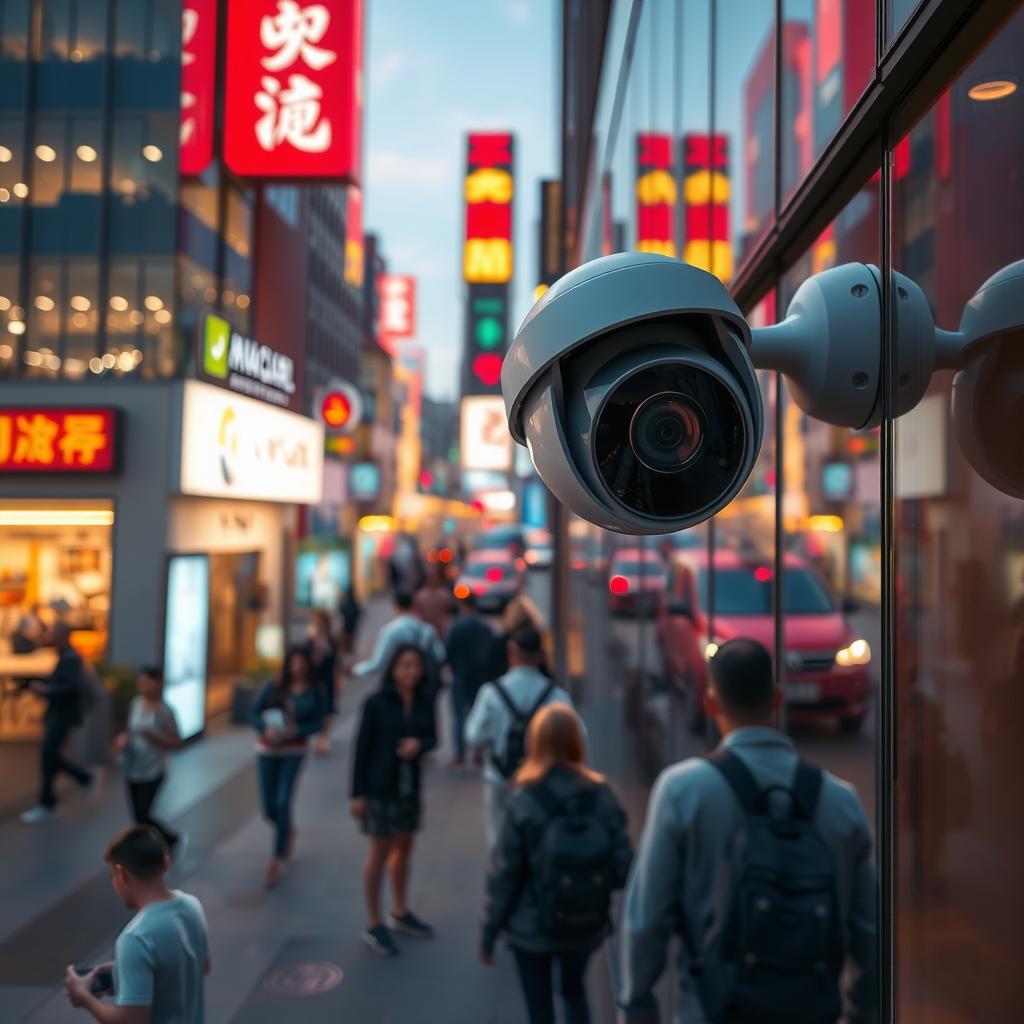
Essential Insights: Understanding the Role of AI in Security Management
In today’s security landscape, the integration of advanced technology is paramount. The use of an AI-powered security camera significantly enhances the reliability of video surveillance systems by minimizing false alerts that often plague traditional setups. These false alarms can stem from innocent occurrences such as animals passing by or environmental movements like rustling leaves. By intelligently distinguishing between genuine threats and benign activities, an AI security camera ensures that users are only notified about relevant incidents, thus streamlining their overall experience.
The sophistication behind these intelligent monitoring systems lies in their automated detection mechanisms, which utilize advanced algorithms. As a result, property owners can enjoy enhanced alert reduction without being overwhelmed by unnecessary notifications. Instead of receiving constant interruptions for non-threatening events, individuals benefit from effective security solutions that provide peace of mind while maintaining focus on important matters at hand.
Moreover, privacy protection is another significant advantage offered by the AI-powered security camera. By effectively reducing unnecessary footage capture associated with irrelevant triggers, these cameras uphold user privacy while providing robust surveillance capabilities. This thoughtful approach to monitoring not only alleviates concerns over prying eyes but also reassures users that their environments are being observed without compromising personal space.
As these smart devices learn and adapt over time through historical data analysis and contextual understanding, they become increasingly accurate in threat assessment. Users who incorporate an AI security camera into their homes or businesses will find themselves equipped with a responsive system capable of evolving alongside changing circumstances. Such adaptability positions AI-driven options as truly transformative tools within modern safety management strategies.
With advancements in technology paving the way for smarter surveillance practices, it is clear that investing in an AI-powered security camera could serve as a game-changer for those aiming to enhance their protective measures against unwarranted disturbances while ensuring efficient operation and user satisfaction.
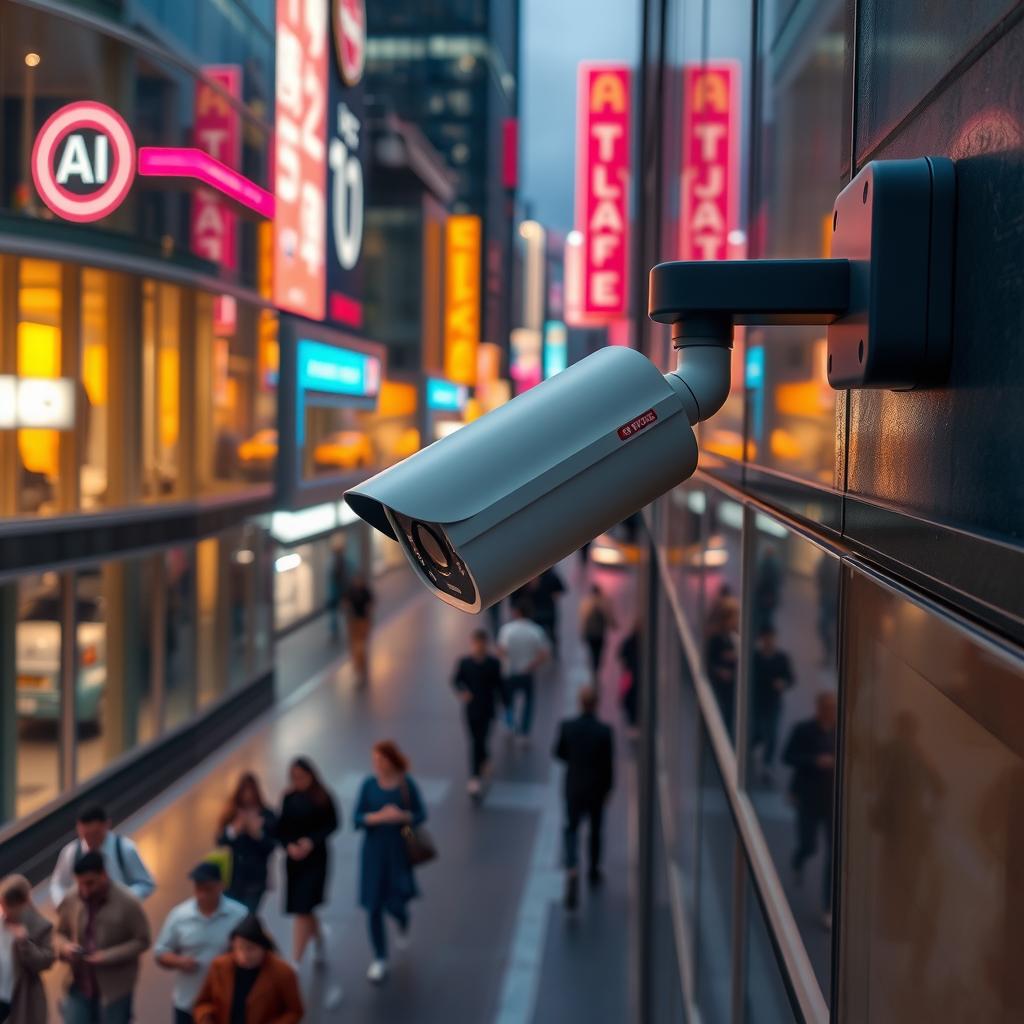
The Mechanics of AI-Powered Security Cameras
Delving into Advanced Detection Algorithms
At the heart of modern security solutions lies the AI-powered security camera, a sophisticated device that leverages advanced algorithms to enhance video surveillance capabilities. Unlike traditional cameras that merely capture footage, these intelligent monitoring systems analyze data in real-time, distinguishing between genuine threats and harmless activities with remarkable accuracy. This capability is primarily driven by machine learning models trained on vast datasets containing various scenarios and behaviors. For instance, through supervised learning techniques, these cameras can learn to recognize specific patterns associated with criminal activity—such as unusual movements or unauthorized access attempts—while ignoring benign actions like pets playing or pedestrians walking past. As a result, they significantly reduce false alerts that have plagued earlier generations of video surveillance technology.
Enhancing Privacy Protection Through Smart Technology
The implementation of AI security camera technology not only improves threat detection but also addresses privacy concerns inherent in comprehensive monitoring systems. With advancements in automated detection features, users can set parameters defining what constitutes suspicious behavior within their monitored zones. These customizable settings allow the system to filter out non-threatening events effectively while ensuring that any deviation from established norms triggers an alert for further investigation. Consequently, this tailored approach enhances privacy protection without compromising safety; individuals are less likely to feel surveilled when they know their everyday activities will not be scrutinized unnecessarily by the AI-powered security camera system.
Impact on Security Solutions Across Various Sectors
The integration of intelligent monitoring provided by an AI-powered security camera has transformed security solutions across numerous sectors such as retail, residential areas, and critical infrastructure facilities. In retail environments, for example, businesses benefit from enhanced loss prevention strategies while minimizing labor costs associated with manual oversight. Herein lies another advantage: these advanced devices offer 24/7 vigilance without fatigue or distraction common among human monitors. Moreover, industries dealing with sensitive assets utilize this technology for compliance purposes; maintaining high-security standards becomes feasible through constant observation powered by automated detection capabilities inherent in AI systems. Therefore, organizations adopting such innovative approaches find themselves better equipped to respond proactively against potential threats while streamlining operations efficiently.
The Future Landscape of Surveillance Technology
As innovations continue shaping the landscape of surveillance technology globally, it is evident that the future holds even greater advancements for AI-powered security cameras and their applications in everyday life. Ongoing research focuses on enhancing algorithmic efficiency and expanding recognition capabilities beyond current limitations—to include more nuanced understanding regarding context-specific behaviors indicative of risks—and thus further reducing false alerts generated during routine operation times throughout urban spaces or private properties alike. Additionally fostering partnerships between tech firms specializing in artificial intelligence development will yield promising results aimed at evolving existing frameworks into smarter ecosystems capable not only provide heightened safety measures but also support community engagement efforts toward crime prevention initiatives overall—a vision where both public safety needs align harmoniously alongside respect towards individual rights concerning personal space/privacy issues related directly back again once more towards how we perceive our relationships formed under watchful eyes aided now thanks mainly due entirely because technological progress gained via deployment strategically placed everywhere around us today!
The Importance of Reducing False Alerts in Monitoring Systems
Improving User Engagement and Privacy Assurance
In the realm of modern security solutions, particularly with the implementation of AI-powered security cameras, minimizing false alerts emerges as a crucial factor for enhancing user experience and safeguarding privacy. Users often find themselves overwhelmed by excessive notifications triggered by benign events, such as passing cars or swaying trees. This inundation not only detracts from the overall effectiveness of video surveillance but also risks conditioning users to ignore important alerts altogether, potentially compromising their safety. By utilizing intelligent monitoring systems that prioritize accuracy through automated detection algorithms, these advanced AI security solutions significantly reduce unnecessary notifications. Consequently, users can focus on genuine threats rather than sifting through a barrage of irrelevant alerts.
The reduction in false alerts contributes greatly to better user engagement with security technologies. When an AI-powered security camera delivers timely and pertinent notifications—such as unusual movements detected within a designated area—it fosters trust between the user and the system. Users are more likely to respond promptly when they know that their monitoring solution is reliable and efficient; this responsiveness enhances both personal safety and property protection. Moreover, fewer interruptions lead to a smoother integration of surveillance technology into daily life without causing frustration or anxiety due to constant disturbances.
Another significant advantage lies in privacy protection. Excessive alerting can inadvertently expose sensitive information about users’ routines or behaviors if shared widely among family members or social networks during discussions about incidents captured on video surveillance systems. By streamlining notifications through alert reduction techniques implemented by sophisticated AI-driven cameras, individuals maintain tighter control over their privacy settings while benefiting from effective monitoring practices. Data handling becomes more secure as well since there is less reliance on sharing every single event logged by the system; thus mitigating potential breaches linked with data overload.
Furthermore, organizations deploying these intelligent monitoring systems can also benefit from enhanced operational efficiency regarding resource allocation for addressing real threats versus managing false alarms generated from trivial activities around monitored areas—be it residential homes or commercial spaces alike! Resources previously allocated for responding to non-threatening situations can be redirected towards prioritizing legitimate concerns instead—ultimately leading to optimized workflows within any institution’s broader risk management framework.
In conclusion, reducing false alerts not only revolutionizes how users interact with their AI-powered security camera but also reinforces essential aspects related to user confidence and privacy safeguards—all while promoting an overall safer environment across diverse applications involving video surveillance technology today! Through continuous advancements in automated detection capabilities combined effectively alongside proactive measures taken against extraneous activity recognition processes—the future holds great promise indeed for enhanced protective measures suitable tailored specifically according each individual user’s needs without sacrificing vital elements concerning trustworthiness nor confidentiality along journey ahead together towards achieving peace mind ultimately desired everyone involved here!
The Future of Surveillance Technology
Integrating Intelligent Systems for Safer Environments
In an age where technology is rapidly evolving, the landscape of security solutions is undergoing a significant transformation. Central to this evolution is the integration of intelligent systems into everyday life, enhancing both safety and efficiency. One prominent example is the AI-powered security camera, which leverages advanced algorithms to offer sophisticated monitoring capabilities. Unlike traditional video surveillance methods that often generate false alerts, AI-powered systems utilize automated detection mechanisms to discern between genuine threats and benign activities. This reduction in false alerts not only streamlines security operations but also ensures that human resources can focus on critical issues rather than sifting through irrelevant notifications.
The need for enhanced privacy protection has never been more paramount as society grows increasingly vigilant about data misuse and intrusive surveillance practices. Intelligent monitoring solutions are designed with user privacy in mind, employing encryption protocols and anonymization techniques that secure footage without compromising individual rights. As communities adopt these smart solutions, they create environments where residents feel safer while knowing their personal information remains protected. Furthermore, the incorporation of real-time analytics within these AI-powered devices allows for immediate responses to potential incidents—an invaluable asset in emergency situations.
Moreover, organizations are recognizing the importance of integrating such technologies into existing frameworks to bolster overall safety measures. Facilities equipped with AI-powered cameras benefit from comprehensive coverage paired with intelligent analysis capabilities that enhance situational awareness among security personnel. With features like facial recognition and behavioral analysis embedded within modern surveillance systems, businesses can proactively address potential risks before they escalate into serious threats. Consequently, investing in advanced security solutions becomes essential not just for safeguarding assets but also for fostering a culture of safety within workplaces.
As cities expand and populations grow denser, urban planners are beginning to envision smart city concepts powered by interconnected technology ecosystems comprising various sensors—including video surveillance units—to monitor traffic flows or detect environmental hazards effectively. These integrated networks provide authorities with actionable insights that contribute significantly towards public safety initiatives while promoting efficient resource allocation across municipal services.
In conclusion, adapting intelligent systems such as AI-powered security cameras signifies a pivotal step forward in creating safer environments conducive to community well-being—whether it be at home or within public spaces alike—with innovation paving pathways toward heightened vigilance against emerging threats without sacrificing individual freedoms through robust privacy protections.
Enhancing Security with AI: How Smart Cameras Reduce False Alerts
In today’s security landscape, the challenge of dealing with false alerts is ever-present. Traditional surveillance systems often trigger alarms for harmless events, such as animals passing by or even changes in weather conditions. This frequent barrage of notifications can lead to frustration and a lack of trust in one’s video surveillance setup. The introduction of the AI-powered security camera marks a significant advancement in addressing these issues through its sophisticated automated detection mechanisms that significantly improve alert reduction.
The core functionality of an AI security camera lies in its ability to analyze video feeds using advanced algorithms designed to differentiate between genuine threats and benign activities. By employing machine learning techniques, these cameras adapt over time, becoming more adept at identifying what constitutes a real risk versus what does not warrant concern. As users install and utilize these intelligent monitoring solutions, they benefit from fewer unnecessary interruptions while maintaining robust protection against potential intrusions.
Moreover, the integration of an AI-powered security camera into residential or commercial settings offers enhanced privacy protection alongside improved monitoring capabilities. With fewer irrelevant alerts generated by non-threatening movements—such as branches rustling or pets roaming around—users can maintain their peace without sacrificing oversight on critical areas needing attention. This dual advantage not only streamlines user experience but also fosters greater confidence in one’s overall security strategy.
Frequently Asked Questions:
Q: How do AI-powered cameras reduce false alerts?
A: AI-powered cameras use advanced algorithms for automated detection that distinguish between genuine threats and benign activities, significantly reducing unnecessary notifications.
Q: Can AI security cameras learn over time?
A: Yes! An AI security camera adapts based on historical data and situational context, improving accuracy in threat assessment as it continues to monitor environments.
Q: Do smart cameras provide better privacy protection than traditional systems?
A: Absolutely! By minimizing footage capture of innocuous movements while focusing on relevant incidents, intelligent monitoring offered by AI-powered cameras enhances both safety and privacy for users.
